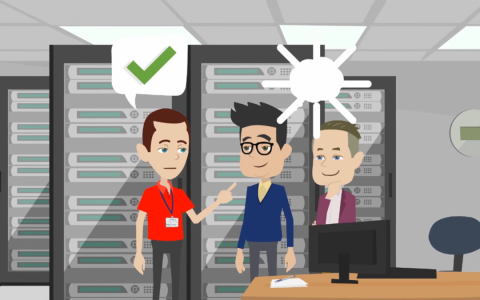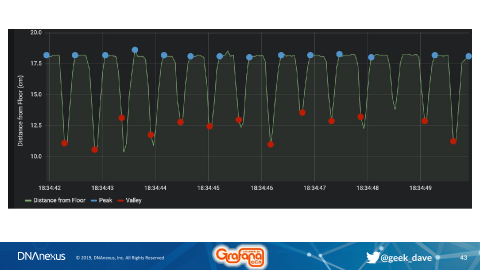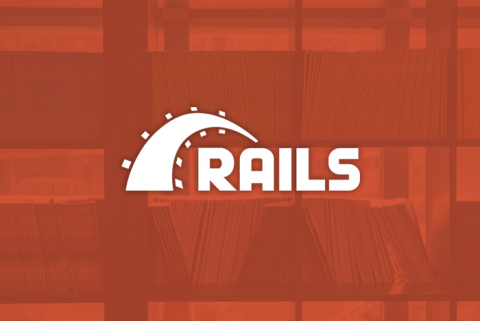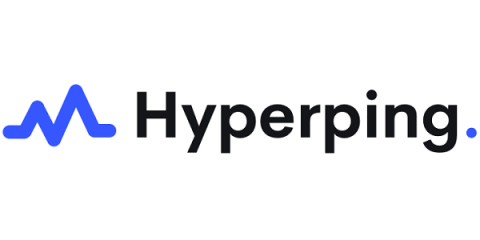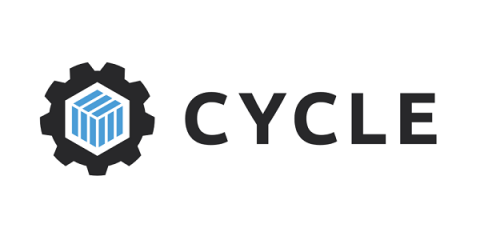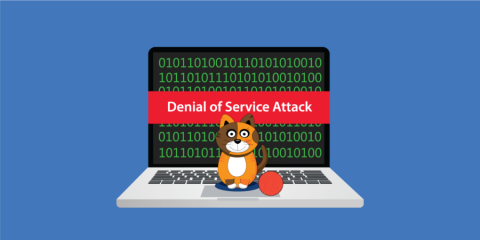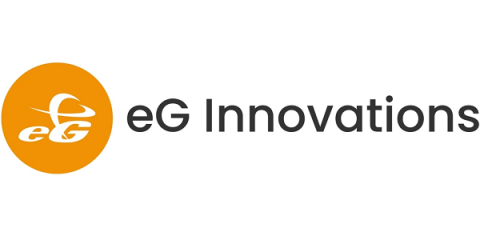Operations | Monitoring | ITSM | DevOps | Cloud
Latest Posts
S3 Endpoint Connectivity in AWS VPC
There are a few, simple things in life I really, truly enjoy: a full breath of air, watching my kids learn and grow, and playing the piano immediately come to mind. I was reminded of another one after spending an hour with CameronB from DevOpsChat — full understanding of a complex problem. For me, it’s not finding a fix that works, I have to continue until I understand the underlying issues, but then it’s bliss.
Sentry Integration Platform: Observability with Rookout
There are a lot of things we, at Sentry, love about Rookout, a Sentry Integration Platform early adopter. First of all, Sentry loves purple, and Rookout loves purple. And, Rookout helps fix software in production, and Sentry helps fix software in production. Together, the two tools cut time from error to resolution. Honestly, Rookout and Sentry integrating is just kismet.
Monitorama Preview: Observability Talks
The Monitorama Conference kicked off this week in Portland, Oregon, and Grafana Labs’ Tom Wilkie will be presenting his talk, “Grafana Loki: Like Prometheus, But for Logs,” tomorrow.
Debugging with Rails Logger
If you’re a Rails developer, then you’ve probably used Rails Logger on at least one occasion or another. Or maybe you have used it without even realizing, like when you run ‘rails server’ and it prints information to the terminal window, for example. Rails Logger provides us with a powerful way of debugging our applications and gives us an insight into understanding errors when they occur.
Getting Started with a SaaS Business as an Indie Maker
In this post, I would like to expose the mindset that helped me have my very first business profitable since day one. This is not a proven methodology, but I intend to replicate the way I started this business to maybe validate it. Before getting started, here are some metrics to put yourself in the context.
Remotely Accessing your Containers
Updating information held on container volumes, debugging a running instance, backing up files locally, or just making sure everything is where you expect it to be… remote access is an integral part of any system.
Creating an AIOps Ecosystem to Help Enterprises Automate Digital Experiences
Cisco and AppDynamics launch new Integration Partner Program to provide extended cross-domain visibility, business insights, and automation across a broad ecosystem of technologies.
Introducing XDP-optimized denial-of-service mitigation
In this article, we’ll explore Calico’s denial-of-service (DoS) mitigation features, including XDP-optimisation support introduced in Calico v3.7.
Monitoring and Troubleshooting Synchronization Issues in Java Applications
Java applications deployed in production must be multi-threaded for scalability. Threads can be used for performing different tasks or they could be executing the same task to service different user requests. Often, it is necessary to synchronize between different threads.


